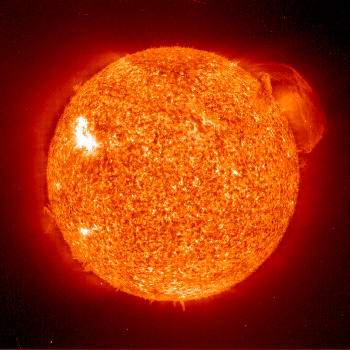Using the “free energy” of the sun to cook a vegetable soup.
It was a hot July day, where the temperature was around 100 degrees Fahrenheit. We decided to cook a vegetable soup with the hot July sun and our “global sun oven”.
The soup was cooked in stages, between 11AM and 4PM. We started by throwing in some coconut oil, onion and garlic, then added the japanese sweet potato later, then the broccoli and carrots, then finishing up with the coconut milk, water, herbs and spices.
Tag Archive
9/11 2012 Alternative History Banking Barack Heussein Obama Breakdown Crisis Centering One's Self Civil Liberties Consciousness Conspiracy Lecture de-construction Deception detachment documentary Economic Collapse Economy Edgar Cayce Election 2008 energy fasting experience Federal Reserve Financial Chart gardening Gold Healing health health risk Internal Revenue Jim Sinclair Liberty Mainstream Media Hoaxes Mind Storms Music Music Videos Philosophy Politics Rogue Government Ron Paul self reliance Statism sustainability Swans tao Taxation Tax LawVideo Podcast #5: Cooking With a Solar Oven – Vegetable Soup
Tags: cooking, energy, solar, solar cooking, survival
A Solar Grand Plan
If the U.S. makes a massive switch from coal, oil, natural gas and nuclear power plants to solar power plants, it is possible that 69 percent of the U.S.’s electricity and 35 percent of its total energy could be solar-powered by 2050.
This would require the creation of a vast region of photovoltaic cells in the Southwest. It could operate at night as well as during the day; excess daytime energy can be used to compress air stored in underground caverns, which would be used as an energy source during nighttime hours.
In order to work, the plan would also need a new direct-current power transmission system to deliver solar electricity across the country, and would require $420 billion in subsidies from 2011 to 2050.
However, despite the fact that many are skeptical about our ability to produce photovoltaic cells and modules that can provide electricity at a low enough cost to be truly competitive, I personally believe we’ll get there. And probably A LOT sooner than projected.
For example, Nanosolar has already been able to reduce the cost of production by 90 percent, slashing the cost from $3 per watt to 30 cents per watt. They won the Popular Science Innovation of 2007 award for their paint-layer-thin solar coating, which is in production as of 2008. Read the rest of this entry »
Tags: energy, solar, technology

